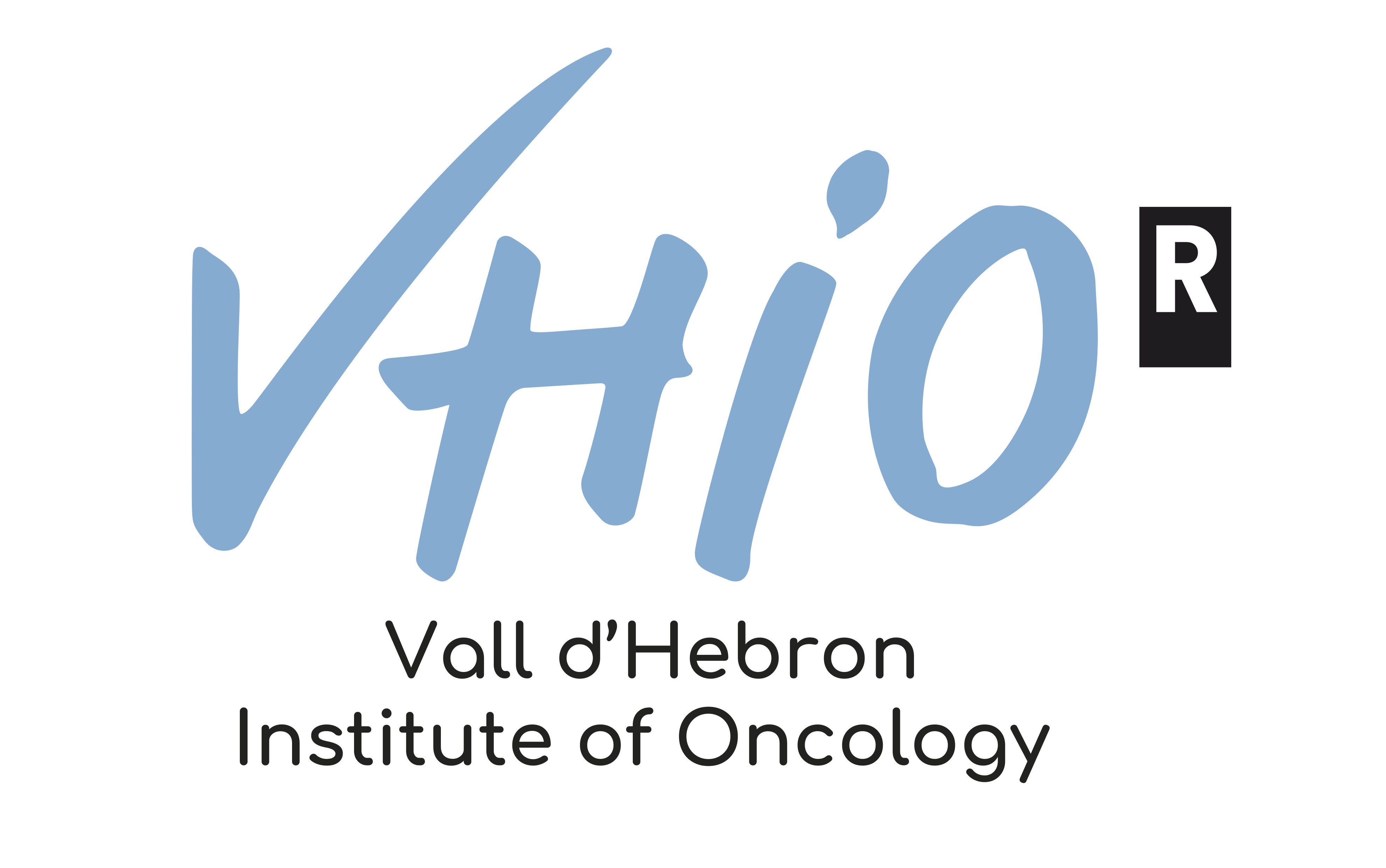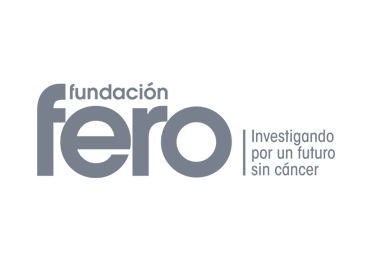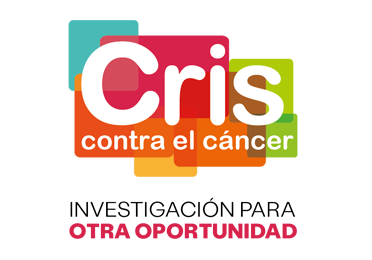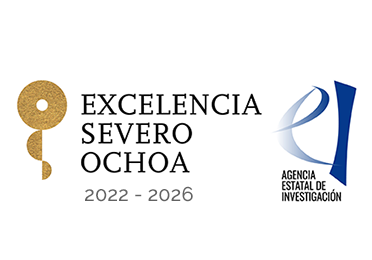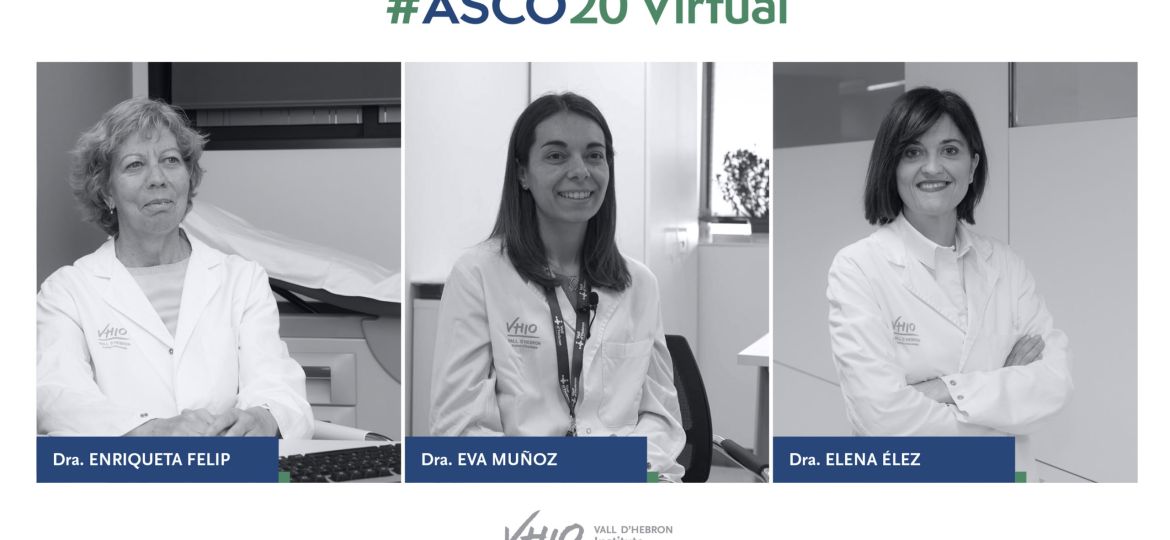
Barcelona, May 29, 2020.- VHIO researchers have presented research on cancer treatments and the dangers of burnout among oncologists at one of the most important cancer treatment congresses of the year.
The American Society of Clinical Oncology (ASCO) is holding its annual congress between May 28 and 31 online this year because of the COVID-19 pandemic situation. This has not prevented researchers from all over the world presenting their latest advances in cancer treatment and experts from the Vall d’Hebron Institute of Oncology (VHIO) have been among them. Many of its researchers have taken a very active part in this congress as authors of trail-blazing studies and trials pointing the way forward for cancer treatment in the short and medium term. Immunotherapy is becoming established as one of the main treatment alternatives, but in-depth studies of personalized cancer treatment have also been presented, considering the molecular characteristics of tumors.
Stimulating the immune system’s response
Is it possible to improve immunotherapy response in cancer treatment? Various studies are focusing on trying to answer this question and one of the answers seems to lie in the use of combined therapies. That is why the phase II study TACTI-002 was developed to assess responses in patients suffering from non-small-cell lung cancer and metastatic squamous head and neck cancer to joint therapy with pembrolizumab and eftilagimod alpha. Its initial results have been presented at ASCO and its lead author is Dr. Enriqueta Felip.
Immunotherapy is one of the approaches which has offered the most hopeful results in cancer treatment in recent years. It mainly consists of getting our immune systems to attack the cancer cells. An important aspect of the immune system is its capacity to avoid attacking normal cells in the body. “To do this, it uses what are known as checkpoints, which are the proteins in the immune cells that need to be activated or deactivated to trigger an immune response. Sometimes, the cancer cells use these checkpoints to avoid being attacked by the immune system,” said Dr. Felip.
For this reason, one of the strategies followed by immunotherapy is to go to these checkpoints to inhibit them and attack the tumor cells in this way. One of the first drugs created using this approach was pembrolizumab, an extremely selective humanized monoclonal IgG4 antibody aimed at the PD-1 receptor on the surface of the cell. This drug blocks the PD-1 receptor, preventing the union and activation of PD-L1 and PD-L2. This mechanism leads to the activation of T-cell mediated immune responses against the tumor cells.
“We thought the anti-tumor response observed with pembrolizumab might be stronger if another different checkpoint inhibitor were incorporated into the treatment. This is the eftilagimod alpha protein, which is related to the activation of CD8 T cells,” said Dr. Felip. To check this, 48 patients were recruited and divided into three groups, regardless of their expression of PD-L1. “What we did see was that the combination of efitlagimod alpha and pembrolizumab is not only safe, it also shows promising first-line anti-tumor activity for small-cell lung cancer and as a second-line treatment for squamous head and neck cancer,” said Dr. Felip.
Personalization of advanced melanoma treatment
Skin cancers, particularly melanomas, are highly heterogeneous and more is now known about their molecular characteristics as part of the information that ends up defining them, even more than the original tissue in which they develop. Understanding the implications of these characteristics helps doctors choose the right treatment for patients suffering from melanoma. For this reason there are many treatments with different targets, but the most important requirement is to know specifically which treatment is the most suitable for each patient.
The phase II clinical trial LOGIC2 explores this area, assessing the benefit of a third agent aggregated with a combined treatment using encorafenib, a BRAF gene inhibitor preventing cancer cell multiplication and causing their destruction, and binimetinib, which blocks the MEK1 and MEK2 proteins in patients with advanced, BRAF V600-mutated melanoma. Dr. Eva Muñoz, an oncologist and head of the Skin Tumors Unit at the Vall d’Hebron Hospital and the VHIO, took part in the trial.
“The study focused on looking at the genetic development of the tumor once it had progressed. In this way, we chose from four different inhibitors with different specific targets to check whether adding this third drug to the previous combination of encorafenib and binimetinib achieved results to back up this strategy,” said Dr. Muñoz.
58 melanoma patients with BRAF V600 mutation were included in this trial. In the first phase they were administered a combination of encorafenib and binimetinib, which is one of the standard treatments for this type of patient. Once the disease progressed, and after an analysis based on the genetic evolution between the biopsy at the time of inclusion in the study and another at the time of progression, the patients were divided into four subgroups. Each different group received treatment with a new drug which was added to the previous combination of encorafenib and binimetinib. Some patients received a drug that inhibited CDK4/6, others an inhibitor of the PI3K gene, others c-Met inhibitors and the final group FGFR inhibitors. “Although the activity observed was low, the results of the study showed that triple therapy is viable. More studies are needed, however, to identify patterns of resistance susceptible to the addition of this third agent,” added Dr. Muñoz.
Preventing burnout in young oncologists
The development of new treatments and therapies takes up a good part of the ASCO congress, but there is also time for aspects not so directly concerned with the treatment of the disease, although they could be indirectly related to the results obtained. Dr. Elena Élez was the lead author of a study carried out by the +MIR section of the Spanish Society of Medical Oncology (SEOM) to identify burnout among residents and young consultants in medical oncology. Its results have been presented at this year’s ASCO.
Excess care load, insecurity in new situations and lack of time to organize their tasks are among the reasons that could lead to burnout at work, also known as professional exhaustion. This is a far-reaching issue for health systems that could have potentially important consequences for the quality of patient care.
Oncology is one of the medical specialties where this syndrome is most likely to occur. Patients treated by oncologists suffer a great deal and their symptoms change a lot. To this must be added the fact that treatment decisions sometimes do not give the expected results, leading to a build-up of frustration. “Among oncologists, the youngest are a particularly vulnerable group due to their high workload, academic pressure and other specific factors related to cancer care. For this reason the Spanish Society of Medical Oncology thought it would be interesting to make a study to help identify the situation these residents and young oncologists are in,” said Dr. Élez.
To carry out this analysis, surveys were made of oncology residents and young consultants within five years of completing their residencies. A total of 243 responses were obtained, making it possible to study professional exhaustion in this population. “From the survey we were able to see that, among oncology residents, this burnout was greater than among the young consultants, with 28% of doctors affected compared to just under 20%. Among residents, those most affected were in their second year, where the figure exceeded 35%”, said Dr. Élez. She said the data would help in developing a burnout prevention program and stressed that early indications that doctors are having problems are particularly important.
“Another very interesting thing is that this burnout index changes with time and is lower in older residents. However, among consultants the effect is seen in reverse as first- and second-year consultants have less burnout and those in their fourth and fifth years have more,” said Dr. Élez, noting that different strategies would be needed for the two groups.
_________________
Dr. Felip is the principal investigator of the VHIO’s Thoracic Tumors and Head and Neck Cancer group.
Dr. Muñoz is an oncologist and head of the Skin Tumors Unit of the Vall d’Hebron Hospital and the VHIO.
Dr. Élez is a researcher in the VHIO’s Gastrointestinal and Endocrine Tumors Group and tutor of residents in medical oncology, member of the Vall d’Hebron Hospital Teaching Committee and coordinator of the SEOM’s +MIR section.
